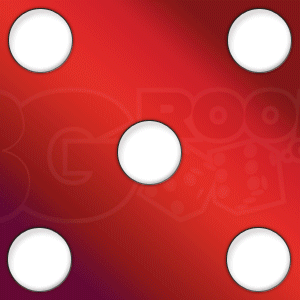Defending Against the 6-Point Prime
A 6-point prime is a fearsome weapon on the backgammon board. Once it' already set up, the game turns into a question of when rather than a question of how the player with a 6-point prime wins. It is such a frustration for a player who would have to pit his wits and luck against a 6-point prime. The question now is how do we defend against it?
Every player should know how to defend against a 6-point prime when we notice our opponent building one. We must also know how a 6-point prime works. Knowing how it works helps us understand its weakness.
The first strategy any player would think of to defend against the 6-point prime is an effective back game. This may not be the best option when we defend against the dreaded 6-point prime but it is indeed the most obvious one.
A back game pretty obvious due to the fact that a 6-point prime would have our back men trapped in our opponent's home board. One good option we may have is to patiently wait for our opponent to make a wrong move or to make an awkward result of the dice and expose an opening.
To further help us defend against the 6-point prime the back men should be positioned right next to the 6-point prime for best results. This would put the back game in a very effective poise. When the opponent makes a bad roll any opening is within reach - just have to make the right dice roll to make that well waited for hit.
Positioning the anchor/block right next to the 6-point prime serves another purpose. And that is to impede the 6-point prime's slow crawl forward to the opponent's home board. The player who has the 6-point prime set up would slowly move the prime forward while maintaining its length.
Why should we give that player any further advantage than he already has? By positioning the anchor at or nearer to the 19 point or the 18 point we would have hindered the 6-point prime' s movement in a pretty good way. One big focus of the 6-point prime is to keep our pieces trapped at the home board while the player bears off his checkers.
By positioning our anchor here we may be quite sure that our opponent will not easily obtain that. We have given him 2 options for movement - have jump over our anchor or stall its forward movement. If our opponent opts to jump over we may have openings either to hit or to escape.
One final note we need to mention is that we must be sure to return the favor to the player who built his 6-point prime. While establishing our back game, we ought to have our checkers move off to the home board as much as possible. They serve as a good trap when we make that prized hit. It also helps us with the pip count.
A good back game and impeding the 6-point prime's movement is good strategy to consider when we defend against the 6-point prime.

